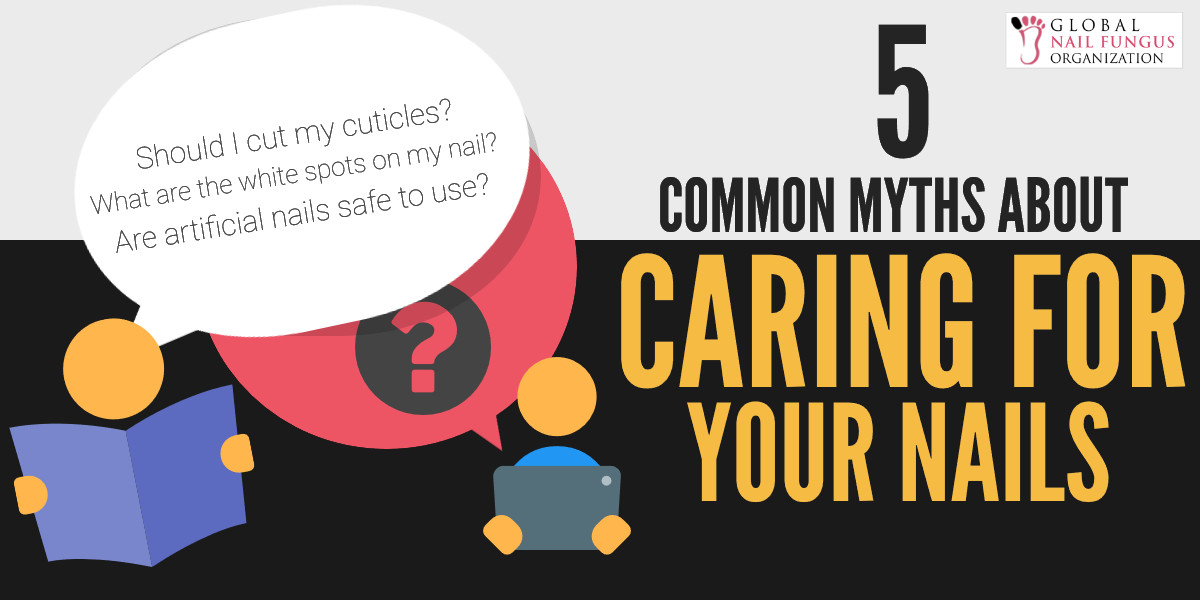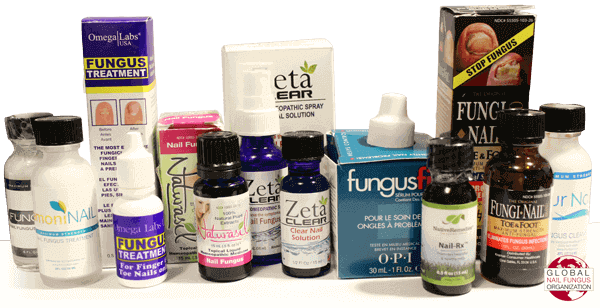 5 Common Myths About Caring for Your Nails
5 Common Myths About Caring for Your Nails
Table of Contents
Importance of Nail Health and Proper Care
For a lot of people, the body part that they give the least attention to would be their nails. Most of us tend to take our nails for granted and only give them much thought when they have become bothersome. Despite them seemingly being a mere accessory to our bodies, experts and physicians are starting to shed a light on the importance of proper nail care. Our nails can significantly dictate a myriad of health problems such as diabetes, anemia, liver and heart diseases.
Over the years, information on how we can best take care of our nails have circulated everywhere. From the info-loaded internet or from the latest beauty recommendations of our friends and family, it has been difficult to distinguish which are true or not. Listed below are some of the most common myths about caring for our nails. Read on to know if these myths have factual basis or not.
Myth 1: To Encourage the Growth of Healthy Cuticles, Keep Your Cuticles Pushed Back.
The cuticle is the thin sliver of skin along the bottom of your nail bed. When getting a manicure, it is common practice to either push or cut the cuticles to keep them nicely groomed. Although it makes the nails look neat, dermatologists are strongly against cutting or pushing back the cuticles.
Our cuticles are at the end our of skin are meant to be there to act as a barrier for bacteria. It protects the skin and the delicate nail matrix, or “root” of the nail. Pushing back or cutting the cuticle can injure it and expose the nails to bacteria and infection.
Alternative ways to keep your cuticles healthy:
-
Cuticles can get dried, cracked, peeled, and flaked just like our skin. One good tip is to keep the cuticles soft by using a good moisturizer. You can apply any of your favorite skin moisturizers to keep the cuticles soft and clean.
-
If the cuticle dries up and ultimately turns into dead skin, you can carefully nip only these dead pieces of skin.
-
Dermatologists recommend the use of orange sticks to gently push the cuticles back.
Myth 2: White spots on your nails mean you need to consume more calcium.
Have you ever noticed the white spots on your nails? They often appear out of nowhere and somehow disappear without a trace too. Ridiculous rumors have spread around for ages that the number of white spots on your nails tell the number of people who admire you. Many people also believe that these white spots are symptoms of calcium deficiency.
In reality, experts have attested that these white spots are harmless and often don’t indicate any specific vitamin deficiency. Past injuries to the matrix (base) of your nails, even though it might have been a while, can cause these white spots to appear.
What to do when these white spots appear?
-
There is no better treatment but to grow them out. Our nails are temporary parts of our body that will grow and get better over some period of time.
-
If these spots appear to be darker than usual, it’s best to consult a physician.
Myth 3: Artificial nails are the best solution for problem nails.
People often like quick fixes. Some like to cover up their nail problems with easy solutions by using artificial nails. It’s important to take note that covering up a problem does not make it go away. Ignoring them might even make your nail problems worse.
The use of artificial nails are not recommended for people who are prone to fungal infections or have brittle nails because they tend to worsen the condition rather than improve it. With artificial nails, moisture gets trapped in the crevices of the nails, creating an excellent environment for bacteria and fungus to grow.
Alternative ways to cure nail problems:
-
It’s still best to avoid artificial nails. Nail problems generally get better over time. Give your nails a rest and let them have the chance to repair.
-
To reduce nail problems in the long run, reserve the use of artificial nails for special occasions.
Myth 4: Always wearing dark nail polish can discolor your nails.
One of the exciting things when we get manicures is having a wide array of vibrant polishes to choose from. Delighted to see our favorite shades painted on our nails, we tend to keep them on for as long as possible. Once it’s time to remove it, many of us are surprised that our nails may have turned a bit yellowish and discolored.
It’s a fact that using dark colored polishes like blue, brown, burgundy, or black can temporarily stain the nail plate. If you have kept on the polish for a while, seeing discolored nails shouldn’t be a cause of alarm because this simple discoloration is neither harmful nor bad for your nails.
Alternative ways to avoid discoloration of nails:
-
If you wish to bring back the healthy color of your nails, try and stay away from applying nail polishes.
-
To prevent discoloration to happen in unblemished nails, apply an extra layer of base coat (one coat of clear nail polish) first before using the nail color.
-
It’s essential to be aware of discolorations that are not brought about by extensive nail polish use. They might indicate a deeper problem (such as finger or toenail fungus) and might need to be treated differently.
Myth 5: Nail problems can be cleared up quickly
We see our nails grow daily. Because of this, many are led to believe that nail problems, such as nail fungus, are supposed to be easy and quick to solve because they grow out eventually. In reality, our nails only grow about 0.1 mm a day. Essentially, replacing a damaged nail alone might take a couple of months.
One of the common nail problems people encounter is nail fungus. It appears when a fungus starts attacking the keratin in your fingernails and/or toenails. Nail fungus may present itself as a simple discomfort, but when left untreated, it often gets difficult to cure.
How to efficiently cure nail problems?
-
Patience is key. When it comes to nails, there aren’t any real quick fixes.
-
In using nail cream and medications, it’s important to choose the right medication and follow thoroughly the instructions provided. There are different treatment methods available on the market today that can be used to easily treat nail fungus.
-
Make sure that you pay attention to the improvement of your nails and if these symptoms persist, it’s best to have a dermatologist look at the problem. Early treatment can prevent further damage.
Conclusion: Busting The Myths on Nail Care
Every part of our body is vital – even the part that grows out every day. Our nails, though they may seem insignificant, are important because they can show clinical signs and symptoms of life-threatening diseases. There are so many hearsays about how we should take care of our nails but it’s always better to trust the experts. Don’t fall into the trap of rumors and myths, and always do your own research. If your nails start showing signs of problems or infections, especially nail fungus, you can always easily treat them using the right products.






